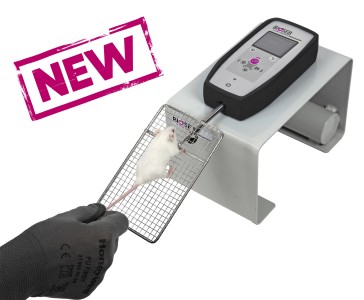Authors
L Mañas-García, N Bargalló, J Gea, E Barreiro
Lab
Pulmonology Department-Muscle Wasting and Cachexia in Chronic Respiratory Diseases and Lung Cancer Research Group, IMIM-Hospital del Mar, Parc de Salut Mar, Barcelona Biomedical Research Park (PRBB), Barcelona, Spain
Journal
Nutrients
Abstract
We hypothesized that curcumin may mitigate muscle protein degradation and loss through attenuation of proteolytic activity in limb muscles of mice exposed to reloading (7dR) following immobilization (7dI). In gastrocnemius of mice (female C57BL/6J, 10 weeks) exposed to recovery following a seven-day period of hindlimb immobilization with/without curcumin treatment, markers of muscle proteolysis (systemic troponin-I), atrophy signaling pathways and histone deacetylases, protein synthesis, and muscle phenotypic characteristics and function were analyzed. In gastrocnemius of reloading mice compared to unloaded, muscle function, structure, sirtuin-1, and protein synthesis improved, while proteolytic and signaling markers (FoxO1/3) declined. In gastrocnemius of unloaded and reloaded mice treated with curcumin, proteolytic and signaling markers (NF-kB p50) decreased and sirtuin-1 activity and hybrid fibers size increased (reloaded muscle), while no significant improvement was seen in muscle function. Treatment with curcumin elicited a rise in sirtuin-1 activity, while attenuating proteolysis in gastrocnemius of mice during reloading following a period of unloading. Curcumin attenuated muscle proteolysis probably via activation of histone deacetylase sirtuin-1, which also led to decreased levels of atrophy signaling pathways. These findings offer an avenue of research in the design of therapeutic strategies in clinical settings of patients exposed to periods of disuse muscle atrophy.
BIOSEB Instruments Used
Grip strength test (BIO-GS3)
Source :

 Douleur - Allodynie/Hyperalgésie Thermique
Douleur - Allodynie/Hyperalgésie Thermique Douleur - Spontanée - Déficit de Posture
Douleur - Spontanée - Déficit de Posture Douleur - Allodynie/Hyperalgésie Mécanique
Douleur - Allodynie/Hyperalgésie Mécanique Apprentissage/Mémoire - Attention - Addiction
Apprentissage/Mémoire - Attention - Addiction Physiologie & Recherche Respiratoire
Physiologie & Recherche Respiratoire




































 Douleur
Douleur Système Nerveux Central (SNC)
Système Nerveux Central (SNC)  Neurodégénérescence
Neurodégénérescence Système sensoriel
Système sensoriel Système moteur
Système moteur Troubles de l'humeur
Troubles de l'humeur Autres pathologies
Autres pathologies Système musculaire
Système musculaire Articulations
Articulations Métabolisme
Métabolisme Thématiques transversales
Thématiques transversales Congrès & Meetings
Congrès & Meetings 